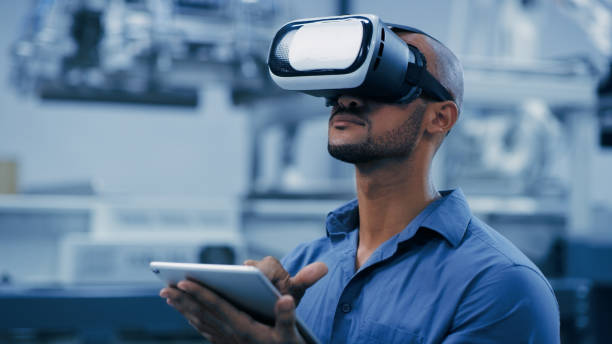The Emergence of AR Glasses: A Game-Changer in Consumer Technology
The tech world is abuzz with the advent of Augmented Reality (AR) glasses. These devices are redefining interactivity and engagement, offering an immersive blend of the real and digital worlds. With giants like Apple, Google, and Facebook all vying for a piece of the AR glasses pie, it's time to delve into the rise, evolution, and impact of this groundbreaking technology.

Delving into the Background
AR glasses have been in the making for several years, tracing their origins back to the primitive head-mounted displays of the 1960s. Over time, this technology has evolved and refined, culminating in the modern AR glasses we see today. These devices overlay digital information onto the user’s real-world view, offering a blend of reality and fantasy that has wide-ranging applications, from gaming and entertainment to education and professional training.
Today’s AR Landscape
Fast forward to 2022, and AR glasses have become one of the hottest topics in tech. Giants like Apple are rumored to be developing their own version of AR glasses, while Facebook (now Meta) has already unveiled its Project Aria AR glasses. Meanwhile, Google, which launched the pioneering Google Glass back in 2013, is also rumored to be developing a new generation of AR glasses.
The Price Tag and Market Impact
Given the novelty and advanced technology involved, AR glasses don’t come cheap. Current offerings range from the $299 Facebook Ray-Ban Stories to the $3,500 Microsoft HoloLens 2. However, as this technology becomes more mainstream and competition intensifies, prices are likely to come down.
In terms of market impact, AR glasses are set to revolutionize many sectors. According to a report by Grand View Research, the global AR market is expected to grow at a compound annual growth rate (CAGR) of 43.8% from 2021 to 2028. This growth will be driven by increasing applications of AR in sectors such as healthcare, retail, and education.
Making Sense of AR Glasses
So, what makes AR glasses so special? The answer lies in their ability to merge the physical and digital worlds, offering users an immersive, interactive, and personalized experience. Imagine being able to see directions overlaid on the road as you drive, or having access to real-time translations during a conversation with a foreign language speaker. The possibilities are endless, and we’re only scratching the surface of what AR glasses can do.
In conclusion, AR glasses represent the next big thing in consumer technology. As these devices become more advanced and accessible, they will revolutionize how we interact with the world around us. The future of AR glasses looks bright, and we can’t wait to see where this technology takes us next.




